All rights reserved.
No part of this book may be reproduced, stored in a retrieval system or transmitted in any form or by any means, without the prior written permission of the authors.
For permission, please contact the authors.
Knowledge, Architecture, Operation (KAOtm) is a service mark of Eli Mansoor and Yair Green. Every effort has been made in the preparation of this book to ensure the accuracy of the information presented. However, the information contained in this book is sold without warranty, either express or implied.
The authors, their dealers, and their distributors will not be held liable for any damages caused or alleged to be caused directly or indirectly by this book.

Eli Mansoor is married and has three children, all happily living in Tel Aviv, Israel. He is an experienced cloud transformation leader who works with enterprises and startups to ensure their cloud transformation success. Eli has been holding leading roles in the cloud market since 2012. He started by joining Rackspace (acquired by Apollo Global Management), in order to develop and lead its business in Israel. Following Rackspace, Eli joined CloudHealth Technologies (acquired by VMware) to build and lead the Israeli business, supporting cloud adopters with optimizing their cloud costs. As part of his career, Eli has supported many Cloud Center of Excellence (CCoE) units in implementing governing and cost savings best practices to better manage their environments. Eli recently joined the Amazon Web Services (AWS) team in Israel as an Enterprise Account Manager, bringing his vast experience to the support of enterprises in their transformation process to the AWS cloud.
Acknowledgments
First, I would like to thank the Israeli technology community I am part of. It is a community that always endeavors to expand the limits of the possible, encouraging each other to dive deep, and become leading experts in whatever fields we work in.
I wish to thank my clients around the globe who have trusted me throughout their cloud journey. Each interaction has helped crystallize our approach towards successful and optimized cloud transformation and has contributed another dimension of experience to this book.
To my colleagues at Rackspace for the days of Fanatical Support.
To my chief karate instructor, Sensei Ilan Oppenheimer, the founder of Dento Okinawa Goju Ryu Karate (Tel Aviv), for teaching me the ways of dedication and persistence.
Sincere appreciation goes to Josh Goldberg for editing the book, and faithfully deep-diving into the content, advising, and assisting through its completion. Josh, the final product wouldn't have been the same without you.
A very special thanks to Yair Green, my partner in writing this book. I have progressed side-by-side in my cloud journey with Yair, whom I first met back in 2013 as a customer, during my earliest days at Rackspace. Yair is a true technology leader who has mastered the art of converting technology into efficiency, optimization, and business value.
Last but not least, I would like to thank my wife, Osnat Lautman Mansoor, for her love and support throughout our life together. Osnat is my soul mate, and an inspiring person who always works to achieve the best at everything she does. Osnat is the author of the book Israeli Business Culture . Her successful authorship has paved the way for making the book you are reading a reality. Osnat is the mother of our three kids Roni, Ori, and Roei and is the one who ensures we maintain a healthy balance between professional success and enjoying the beauty of life.
 Yair Green is a husband and a father of five beautiful kids, living in central Israel. He is a seasoned technology leader with business orientation, who has managed technology in top Israeli startups and hi-tech companies, like Telmap (acquired by Intel), Fiverr, and Matomy Media Group. Yair has been leading cloud transformation teams, engineering groups, and operational teams in his various roles, leveraging AWS, GCP, Azure, dedicated infrastructure, OpenStack, Edge locations, and more. He has been managing multimillion-dollar infrastructures, while focusing on cost optimization and performance, including heavy usage of automation, Spot instances, containers, serverless, and microservices, among other technologies. His unique approach to technology and the cloud has helped him bridge the gap between IT and the organization business units, enabling data-driven decision making. Yair recently joined GlobalDots as CTO. Besides leading the company's technology teams, he is driving the innovation of business offerings such as "CTO as a Service", which helps organizations with the cloud transformation process, web performance, cloud security, and cost optimization.
Yair Green is a husband and a father of five beautiful kids, living in central Israel. He is a seasoned technology leader with business orientation, who has managed technology in top Israeli startups and hi-tech companies, like Telmap (acquired by Intel), Fiverr, and Matomy Media Group. Yair has been leading cloud transformation teams, engineering groups, and operational teams in his various roles, leveraging AWS, GCP, Azure, dedicated infrastructure, OpenStack, Edge locations, and more. He has been managing multimillion-dollar infrastructures, while focusing on cost optimization and performance, including heavy usage of automation, Spot instances, containers, serverless, and microservices, among other technologies. His unique approach to technology and the cloud has helped him bridge the gap between IT and the organization business units, enabling data-driven decision making. Yair recently joined GlobalDots as CTO. Besides leading the company's technology teams, he is driving the innovation of business offerings such as "CTO as a Service", which helps organizations with the cloud transformation process, web performance, cloud security, and cost optimization.
Acknowledgments
First and foremost, I would like to thank my wife Shlomit, who is my inspiration and the mother of our kids Dvir, Hodaya, Noam, Avishai, and Shilo for standing beside me throughout my personal life and professional career, and for supporting me in writing this book.
I would like to honor my former and current colleagues for their partnership over the years.
To my managers over the years for their support and mentoring.
I would like to thank my many employees throughout the years, from whom I learned the most.
A huge thank-you to Eli Mansoor, my coauthor of this book, for being such a great technology partner, a true friend, and a real innovative professional. This book would not have been published without his spirit and dedication.
Table of Contents
Preface
Since the introduction of public cloud services back in 2006 by Amazon Web Services (AWS), the increase in AWS platform adoption has never slowed down. Following the use of the new technology by young start-up companies, the transition to public cloud infrastructure is now happening within the enterprise segment, with an increased number of enterprises prioritizing public cloud projects and adopting a "cloud-first" approach. In cloud-first, all new projects are targeted for deployment on public cloud infrastructure, unless this is not feasible for any reason (compliance, regulation, technical limitations, etc.).
The transition to public cloud does not come without challenges. In previous years, the top challenge in adopting cloud computing was the "knowledge" part. There was a lack of IT professionals who could build, automate, and manage cloud infrastructure, and lack of executive understanding of the "how" to embark on such a journey.
Later, when more IT professionals became experienced with the new technology and organizations managed to recruit and develop such expertise, the top challenge that organizations had to deal with was the security of public cloud environments. Organizations had to ensure that the move to the cloud would not expose their business to any security risks, and had to deal with challenges related to data protection, compliance, regulations, and the like. In many cases this challenge was overcome, with more and more organizations admitting that the move to AWS actually ensured they could operate even more securely than they could in their on-premises data centers.

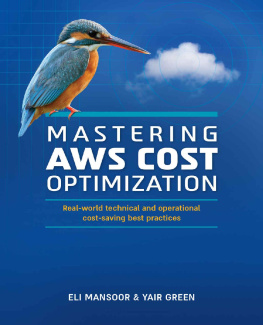

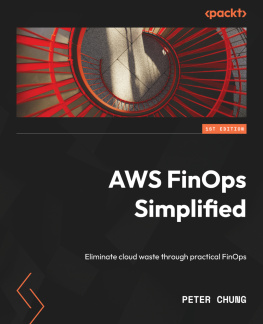
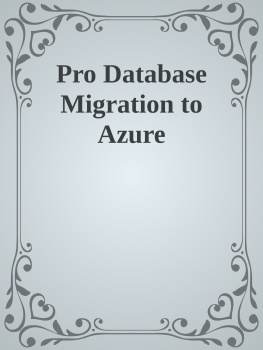
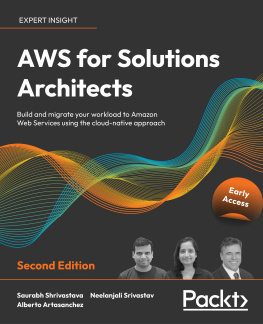

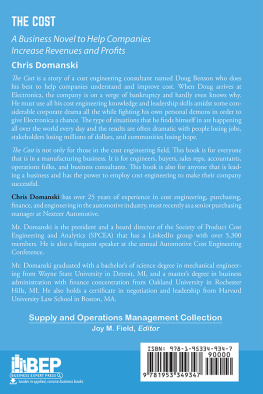
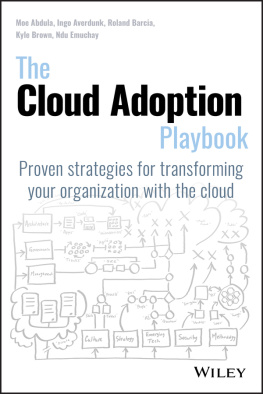
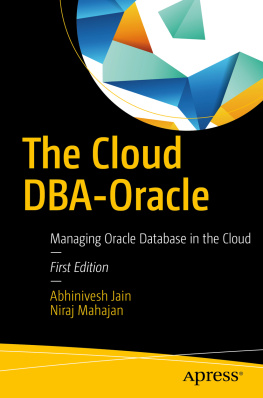
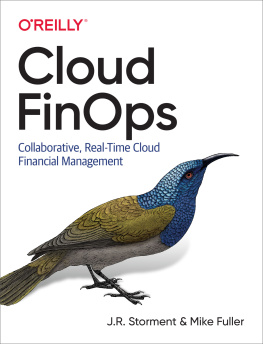
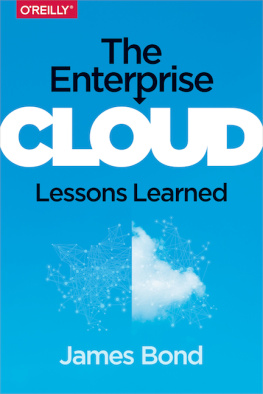

 Yair Green is a husband and a father of five beautiful kids, living in central Israel. He is a seasoned technology leader with business orientation, who has managed technology in top Israeli startups and hi-tech companies, like Telmap (acquired by Intel), Fiverr, and Matomy Media Group. Yair has been leading cloud transformation teams, engineering groups, and operational teams in his various roles, leveraging AWS, GCP, Azure, dedicated infrastructure, OpenStack, Edge locations, and more. He has been managing multimillion-dollar infrastructures, while focusing on cost optimization and performance, including heavy usage of automation, Spot instances, containers, serverless, and microservices, among other technologies. His unique approach to technology and the cloud has helped him bridge the gap between IT and the organization business units, enabling data-driven decision making. Yair recently joined GlobalDots as CTO. Besides leading the company's technology teams, he is driving the innovation of business offerings such as "CTO as a Service", which helps organizations with the cloud transformation process, web performance, cloud security, and cost optimization.
Yair Green is a husband and a father of five beautiful kids, living in central Israel. He is a seasoned technology leader with business orientation, who has managed technology in top Israeli startups and hi-tech companies, like Telmap (acquired by Intel), Fiverr, and Matomy Media Group. Yair has been leading cloud transformation teams, engineering groups, and operational teams in his various roles, leveraging AWS, GCP, Azure, dedicated infrastructure, OpenStack, Edge locations, and more. He has been managing multimillion-dollar infrastructures, while focusing on cost optimization and performance, including heavy usage of automation, Spot instances, containers, serverless, and microservices, among other technologies. His unique approach to technology and the cloud has helped him bridge the gap between IT and the organization business units, enabling data-driven decision making. Yair recently joined GlobalDots as CTO. Besides leading the company's technology teams, he is driving the innovation of business offerings such as "CTO as a Service", which helps organizations with the cloud transformation process, web performance, cloud security, and cost optimization.